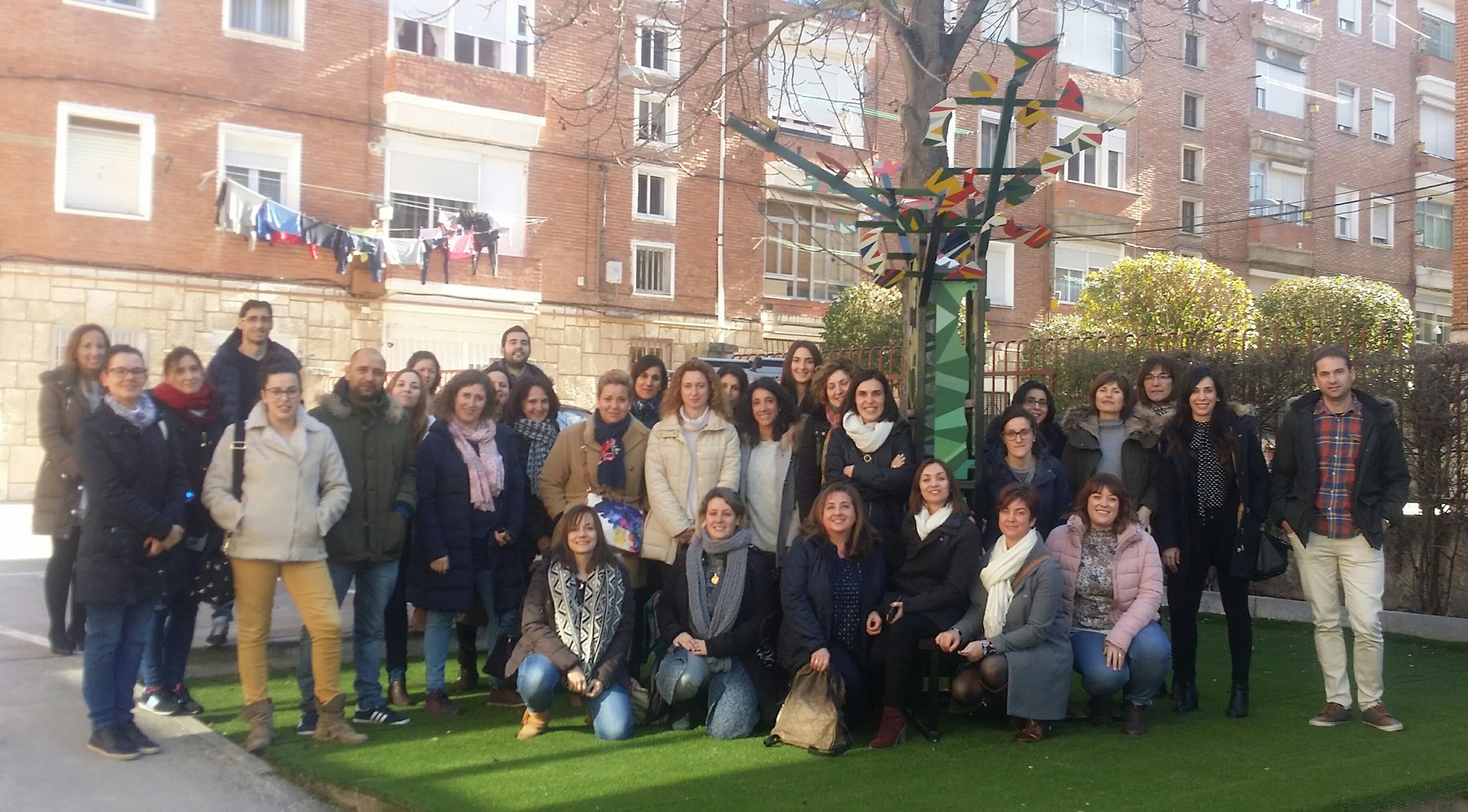Teach your mini-project. Reflect on how it went. Be prepared
to give feedback.
|
Group and date taught
|
5th grade
·
14th and 15th February (Science)
·
16th February (Arts)
|
|
What did you do?
|
The textbook I use in class
is Natural Sciences 5 Primary. Oxford Educación.
My project consists of
including these activities learnt in the CLIL course in the lessons.
Lesson 1: How are sources of energy classified?
Silence
discussion:
What is energy?
Wall-crawl: Renewable energies
Lesson 2: How are sources of energy
classified?
Running dictation: Non-renewable energy sources
Lesson 3: Think-pair-share: advantages of renewable energies
Design a poster of
renewable energies
|
|
What went well
|
Running dictation: I chose a short passage from
the science book. I put the copies up around the walls of the classroom. I
put the students in pairs. The aim is for one of the students in each pair to
walk (or run!) to read the passage on the wall. They remember some of the
passage and walk (or run!) back to their partner. It was a great way to
practice spelling and pronunciation, also a great memory training!
|
|
Reflection for future
practice
|
|
What needed improvement/changes and
why
|
They need more practice on silence discussions. It was their
first time and they didn´t really know what to write down to answer the
question: What is energy?
|
|
What would you change considering
level, age or other factors
|
I would change the question
for the silence discussion: Where do we get energy from?
|

RENEWABLE
ENERGIES
1. How do we get hydroelectric energy?
2. What holds water in a reservoir?
3. Where do we get wind energy from?
4. What transforms solar energy into
electrical energy?
5. Give an example of a:
• Solid biofuel:
• Liquid biofuel:
• Gas biofuel:
6. Where are biofuels burned to produce heat
in homes?
Running dictation: Non-renewable energies













